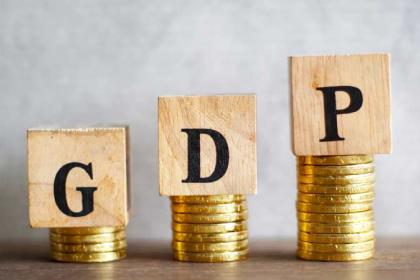
In 2015, the United Nations launched the 2030 Agenda for sustainable development and corresponding . To support this programme, a Global Indicator Framework was adopted by the United Nations Statistical Commission (2017) and subsequently by the United Nations (2017). That framework comprises 232 statistical indicators designed to measure the 17 goals and their respective 169 targets.
This third edition of the SDG Pulse illustrates in a very concrete way how UNCTAD is contributing to the 2030 Agenda. The report not only presents statistical updates and data-driven analysis for the indicators for which UNCTAD is a custodian or co-custodian, but it also presents a range of other complementary indicators that provide a wider context and more nuance to these complex topics.
This report also presents some case studies from UNCTAD’s capacity development programme from a statistical perspective – presenting our activities and successes in hard numbers. These case studies are important as they illustrate the Results Based Management approach adopted by UNCTAD – helping us to improve our responsiveness and accountability to member states.
Finally, this report will every year, highlight a thematic issue of immediate relevance. This year’s theme addresses remoteness as a challenge for sustainable development and how to mitigate geographic distance, especially from the perspective of . Dedicated analysis on SIDS’ economic, social and environmental vulnerabilities and strengths is provided in Development and globalization: Facts and figures 2021. We propose a composite index of remoteness (see Cantu-Bazaldua, 2021) to consider more comprehensively the implications of remoteness. The index will help guide policy measures to enhance connectivity through digital, socio-cultural and political means.





